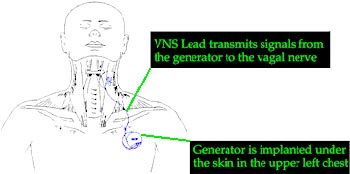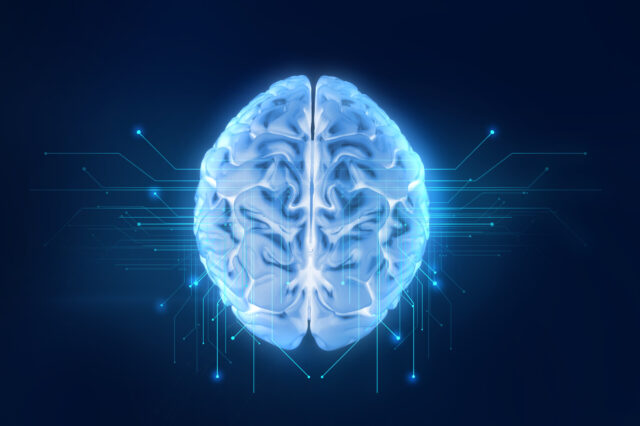Epilepsy is a neurological disorder characterized by brief disturbances in the normal electrical functions of the brain, often resulting in seizures. Approximately 2.5 million people in the United States have some form of epilepsy. Seizures are classified as partial or generalized. Partial seizures occur in one side, or hemisphere, of the brain starting from a focal region in one part of the brain. Generalized seizures involve abnormal activity on both sides of the brain, resulting from the entire brain all at once. Most seizure disorders are controlled with anti-epileptic medication. Approximately 20 percent of seizures are difficult to control with medication and are termed "medically intractable." Adults and children with intractable epilepsy may be candidates for other treatment options. One exciting new technique available for such patients is vagus nerve stimulation.

Description
Vagus nerve stimulation (VNS) is a new FDA-approved procedure for the treatment of epilepsy that does not involve surgery on the brain. It is currently approved for use in adults and children over the age of 12 who have partial seizures that resist control by other methods. The vagus nerve, located in the neck, serves as one of the many highways of information carrying messages to and from the brain. It sends messages to the heart, lung, stomach and voice box. It also communicates with a part of the brain stem linked with seizures. The therapy is designed to prevent seizures by sending regular small pulses of electrical energy to the brain. These electrical pulses can interrupt the abnormal brain activity that leads to seizures.
Procedure
A device, approximately the size of a silver dollar, is surgically implanted under the skin in the upper left chest area. This device, known as the pulse generator, functions as the pacemaker. Thin wires (electrodes) that extend from the generator are threaded under the skin and wound around the vagus nerve. The generator is programmed by doctors to send a few seconds of painless electrical impulses to the vagus nerve every few minutes. The procedure lasts between one and two hours and takes place under general anesthesia. Patients who feel the onset of a seizure can manually trigger the device by the use of a magnet. Side effects of the VNS treatment are few and usually decrease over time. These include hoarseness and discomfort in the throat, ears and teeth. Very high intensity stimulation may cause vomiting and nausea but should cease when the intensity has been reduced.


